
Surface waves are seismic waves that travel along Earth's surface. They are the slowest of the three types of seismic waves.
- Subject:
- Science
- Provider:
- Utah Education Network
- Author:
- Visual Learning Company
- Date Added:
- 02/28/2010

Surface waves are seismic waves that travel along Earth's surface. They are the slowest of the three types of seismic waves.

A tsunami is a large, often fast moving wave that is triggered by an earthquake under the ocean or by underwater landslides.

While most volcanoes occur at plate boundaries, not all do, as is evident in this map.
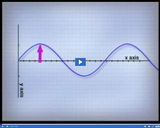
Amplitude can be determined by measuring the distance between a wave's resting point and crest or trough. In this animation, the sound made by peepers has a greater amplitude than the sound made by crickets.

As the wave moves from left to right, particles collide, forming an area where particles compress. When the particles separate, rarefaction occurs. As the particles compress and separate, the wave moves forward.

This light bulb emits electromagnetic waves.

The period of a wave is the time it takes for a wave to travel the distance of one wavelength.
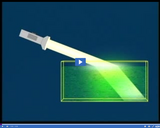
Refraction occurs when waves change direction as they move from one medium into another medium.
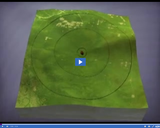
Earthquakes are produced when movement occurs within Earth and energy is released. This energy is transmitted in the form of seismic waves.

Transverse waves move at a right angle to the direction in which it travels.

Wavelength is the distance between a point on one wave and the identical point on the next wave.

A wave is a disturbance that carries energy through matter.
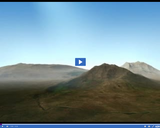
One common way clouds form is when warm, moist air rises. As it rises, it cools until the water vapor in it condenses and turns to small droplets of water.
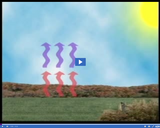
Clouds can form when warm air rises from Earth's surface and cools, causing water vapor to condense.

Depicts a cold front on a weather map.

Water droplets grow larger as more water collects on them.

Hurricanes form over warm ocean water, where moist air rises rapidly and cools, forming clouds.

An occluded front occurs when two cooler air masses merge, forcing warmer air to rise between them.
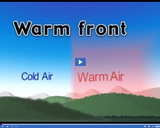
In a warm front, warm, less dense air overrides cold, denser air.
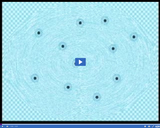
When water vapor condenses, water droplets stick to the condensation nuclei, forming tiny water droplets.